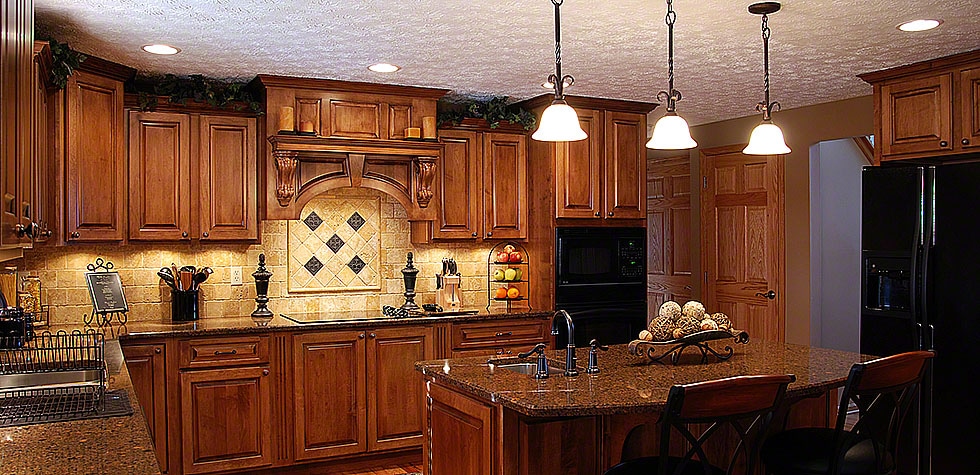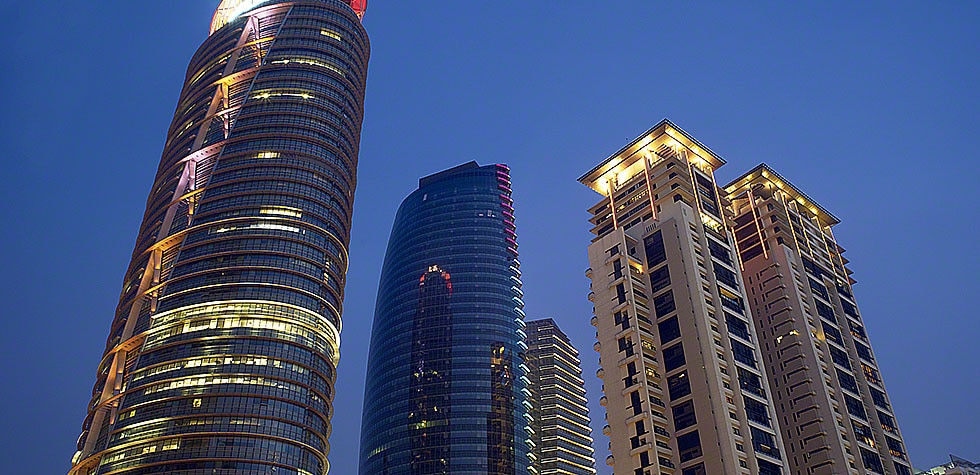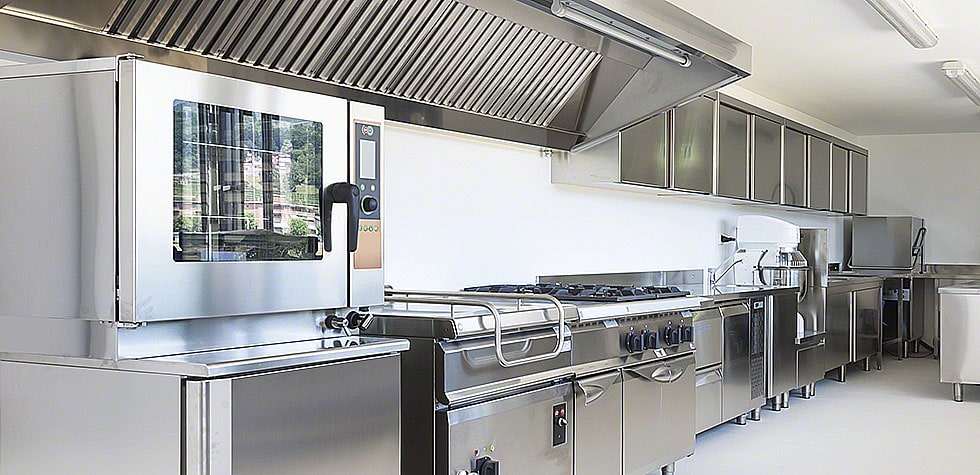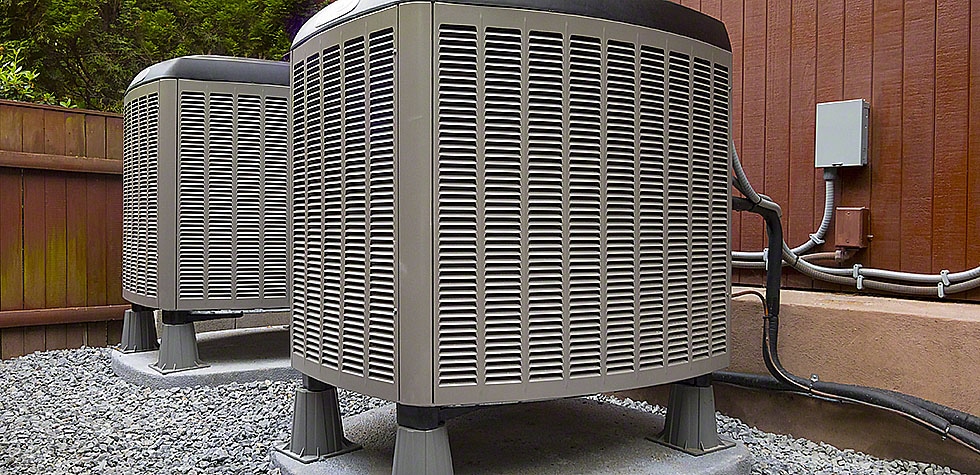Seams are very common in countertops if the stone is small, you have to mold them together to form a larger slab of rock. Here are some things you need to know about quartz countertops seams.
Quartz Has Some Veining
Any material which has a design on it will be prone to having seams. Quartz is one of them. Stones like granite, marble and quartz have problems with seams a lot. Because, let’s be real, there is no such thing as one slab that will fit the entire countertop. You need multiple slabs of one material to cover the entire countertop or kitchen island. Seams are inevitable in countertops, unless you are going for a countertop option with no design. So, due to this reason, you should not fret too much about seams, because in the end, you can only do so much about a seam on your countertops. So try to be lenient in this regard and don’t let the seams get to you too much.
Some Slabs Are Smaller Than The Others
Seams are formed due to slabs of rock not being of the same size or the size is smaller than it has to be cut and fitted in like a puzzle piece. As mentioned before, there is no such thing as an entire slab which can fit your countertops in one go. You have to eventually cut the slab in order for it to fit to your countertops perfectly. Some slabs are huge enough and they can fit perfectly over a specific countertop, but this is not the case with most kitchens as every countertop is different and unique. So you need to be aware of the fact that seams will occur if the slabs are not large or small enough to fit the countertops.
Thickness May Vary
If the thickness of the slab is not in sync with each other, then a phenomenon called lippage might occur. This is the appearance of an uneven surface of a countertop due to the thickness of the rock slab not being the same. This can look very unappealing and this is a huge blunder. To prevent this problem from happening, you need to look at samples from retail shops. You need the thickness to be in sync with the entire countertop. This is where your skills as a buyer comes in handy. You need to select a material which has the same thickness throughout. You don’t want the countertop to look crooked by any means. You will also need a professional to install the countertop slabs for you, so make sure you are hiring someone who knows how to make seams go away or look less noticeable for the most part.
You Can Hide The Seams Easily
The way the slabs are placed can be the determining factor in making the seams look way less noticeable. The quartz countertop installer needs to install the slabs in such a way that they hide themselves. You can place them backwards or behind something else, which will make the seams look concealed and a lot less noticeable. This is where having someone professional to come and install your slabs is very important. Their work will decide whether or not the seams will be less noticeable or not. An amateur personnel will leave the seams to be noticed and that is not what you are going for.
The Adhesive Matters A Lot
Countertops are installed via an adhesive. Well, did you know that the right adhesives can make the seam look almost invisible? A colored adhesive which is similar in color with the actual stone of the countertop is a very good choice. The adhesive will fill the crevices up and the seam will look almost invisible. The colored adhesive is usually made out of epoxy and it also strengthens the seam so it doesn’t shatter or break upon impact either. Seams are the weakest point of a slab and you need to make it strong.
There you go! Now that you know about the seams formed by quartz kitchen tops, you can try to prevent them or at least make them look less noticeable. Colors also affect the visibility of seams, so take note of it too when choosing a countertop.





